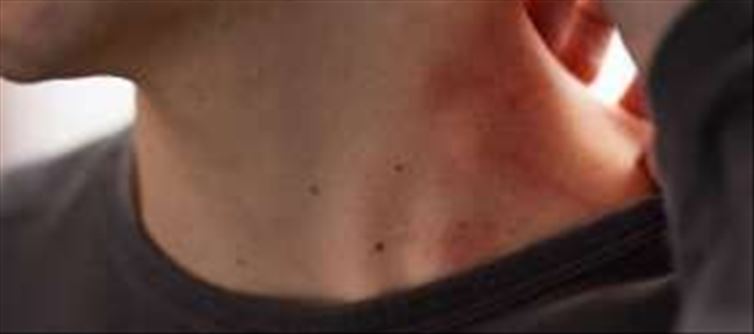
It is simpler to detect and manage diabetes when you are aware of its symptoms. diabetes symptoms can appear on your body in several ways, including on your skin. Here are a few diabetes symptoms and indicators that may be apparent on your skin.
Itchy, Dry Skin
Your kidneys have a tougher time eliminating extra glucose from your blood when your blood sugar is elevated. This may result in dehydration, which dries out your skin and causes it itch. Additionally, your skin may feel dry or rough, particularly on your hands, arms, or legs.
Slow-Healing Injuries
The body's capacity to heal cuts and wounds may be impacted by elevated blood sugar levels. It may indicate high blood sugar if you see that small wounds, scratches, or bruises are healing more slowly than they usually do. This occurs because blood circulation and immunological function might be impacted by elevated glucose levels.
Frequently Occurring Skin Infections
Bacteria and fungi can more easily develop illnesses when the immune system is weakened by high blood sugar. You may get recurring skin infections, particularly yeast infections or fungal infections like athlete's foot.
Patches of Dark Skin
Dark, velvety patches of skin that often form around the neck, armpits, or groin are another obvious symptom of high blood sugar. insulin resistance causes this, which may indicate type 2 diabetes.
Inflamed or red Skin
Inflammation brought on by high blood sugar might manifest as skin irritation, redness, or puffiness. You may see that some parts of your skin are getting irritated, particularly in regions like your feet or underarms where infections are more likely to happen.




 click and follow Indiaherald WhatsApp channel
click and follow Indiaherald WhatsApp channel